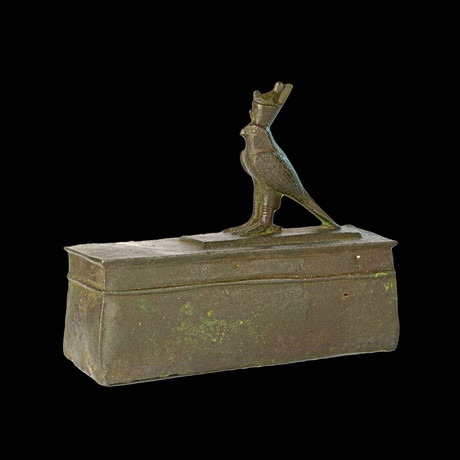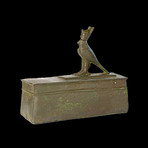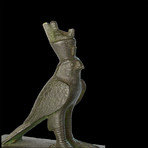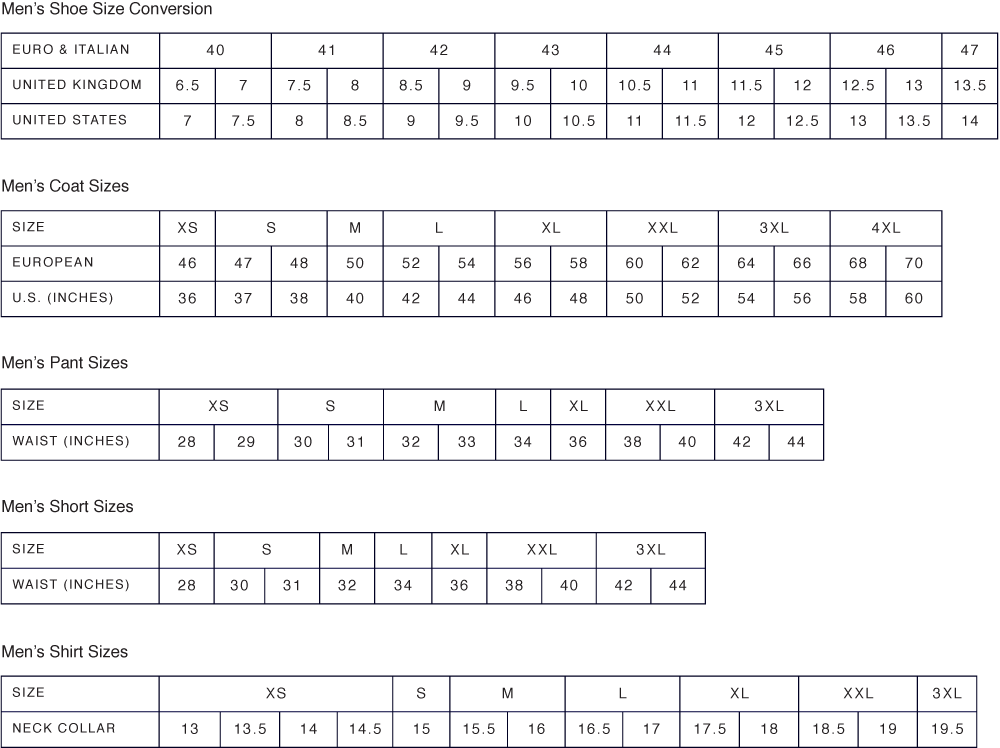Sands of Time
An Egyptian Bronze Horus Falcon On A Sarcophagus, 26Th Dynasty, Ca. 646-525 BCE
Product Description
Depicting the god Horus as a falcon, this well cast, and richly detailed falcon wears the Double Crown of Upper and Lower Egypt, fronted by the royal uraeus. The head has lidded oval eyes and a hooked beak. Thick, heavy ridges of the legs and rough skin of the talons contrast with the delicacy of the engraved feathering on the closed wings, uniting the power and majesty of the falcon. The falcon is centrally positioned on a rectangular sarcophagus, the narrow box tapering to a cavetto cornice, that originally housed either representative bones or the body of a small falcon.
Background: The soaring flight and predatory character of the falcon linked the mighty raptor to the god of the living king, Horus, early in the pharaonic tradition. The living king of Egypt was identified as an earthly Horus, and from the late Predynastic Period (c. 3100 BCE), the king bore a special royal “Horus name.” The falcon, as the sacred animal of Horus, came to symbolize divine kingship, as the king was the earthly representation of Horus. The common appearance of the Double Crown and uraeus on bronze figurines of falcons reinforces this royal connection. The falcon was also associated with the sky, with its eyes representing the sun and the moon and its large wings outspread to protect the earth below. Later, the falcon became associated with the sun god Re, bearing a sun disc on its head (known as Re-Harakhty). Other gods also had falcons as their sacred animals, such as Montu the god of war, who is distinguished by a double-plume headdress.
As with so many animals associated with the divine realm, during the later periods the falcon became the focus of mummification, burial, and votive offerings. The numerous bronze falcon statuettes are characterized by their upright, yet resting, stance with wings folded at the side. They range in size from small ornaments to large, freestanding figures with many of the larger examples hollow-cast with an inner compartment in which an actual bird could be deposited. Hundreds of thousands of mummified falcons were buried in extensive catacombs at sacred sites throughout Egypt. The Greco-Roman period temples at Philae and Edfu represent the final flourishing of the cult.
Condition: With a patina of rich dark brown with green, black, and red, the sarcophagus has lost the sealing plate at the back and there is also a small amount of loss to the right wall and base, otherwise intact and in very good condition overall. Mounted on a black museum-quality custom base (not shown in photos).
Provenance: Private collection of Elsa and Dr. Pierre H. Bloch-Diener, Bern Switzerland, acquired between 1965 and 1983, private collection of Dr. R. Bigler acquired in 1987, the private collection of Jeffrey Simpson, Acton MA, acquired after 1994 from the NY trade.
Product Details
- Measurements
5"H x 5.25"L
- OriginEgypt
Shipping Information
-
Shipping AvailabilityCanada, United States
-
Shipping PolicyStandard Ground Shipping
-
Ship In2-3 weeks ⓘ
-
Return PolicyFinal sale, not eligible for return or cancellation































































 .
.